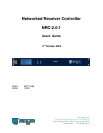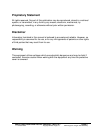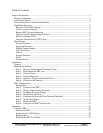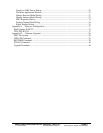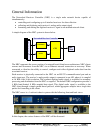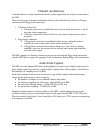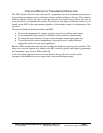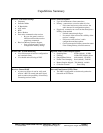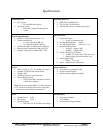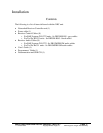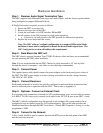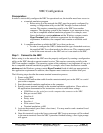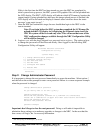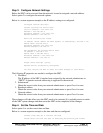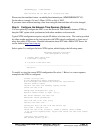
Users’ Guide: Networked Receiver Controller - NRC-2.0.1 PAGE 8
11
th
October 2005 Copyright © 2005 Aegis, Inc wwww.aegis-inc.net [ph. 240-568-9006]
Capabilities Summary
Receiver Controllable Settings
• Frequency
• Detection Mode
• IF Bandwidth
• AGC mode
• BFO
• Reset / Reboot
• Pass native commands to the receiver
o By-pass the generic receiver
interface and send the receiver
proprietary commands
• Receiver Memory Interface Support
o Save, recall and query receiver
configuration memory settings
Client Connection Options
• Up to 64 simultaneous client connections
• Primary - connection to a receiver when it is free
o Full control and access to the receiver, the
audio data and its configuration options.
• Piggyback - connection to a receiver that already has a
Primary client attached
o Limited connection privileges
o No control of the receiver but visibility of the
receiver’s settings.
o Full access to the receiver’s audio
configuration and data options.
o Can be promoted to Primary connection status
if the existing Primary client disconnects
Remote NRC System Monitoring
• View current state of receiver configurations
and attached clients
• View health and well being of NRC
Digitized Audio Channel Output Options
• Sampling Rate: 8 KHz (default), 16 KHz
• Filtering: 4 KHz LPF (default), None
• Samples/Data Packet: 640 (default), 128-4096
• Packet Time Stamping: None (default), TAI64N
• Retune Samples skipped: 350 (default), variable
• Collection Control: Start / Stop
Receiver Channel POST
• A power on self test is used to verify each
receiver’s RS-232 control and audio signal
paths to reduce the possibility of incorrectly
connecting receiver cables
Network Time Protocol (NTP) Client
• The NRC is configurable to obtain and synchronize
time with an NTP Server



